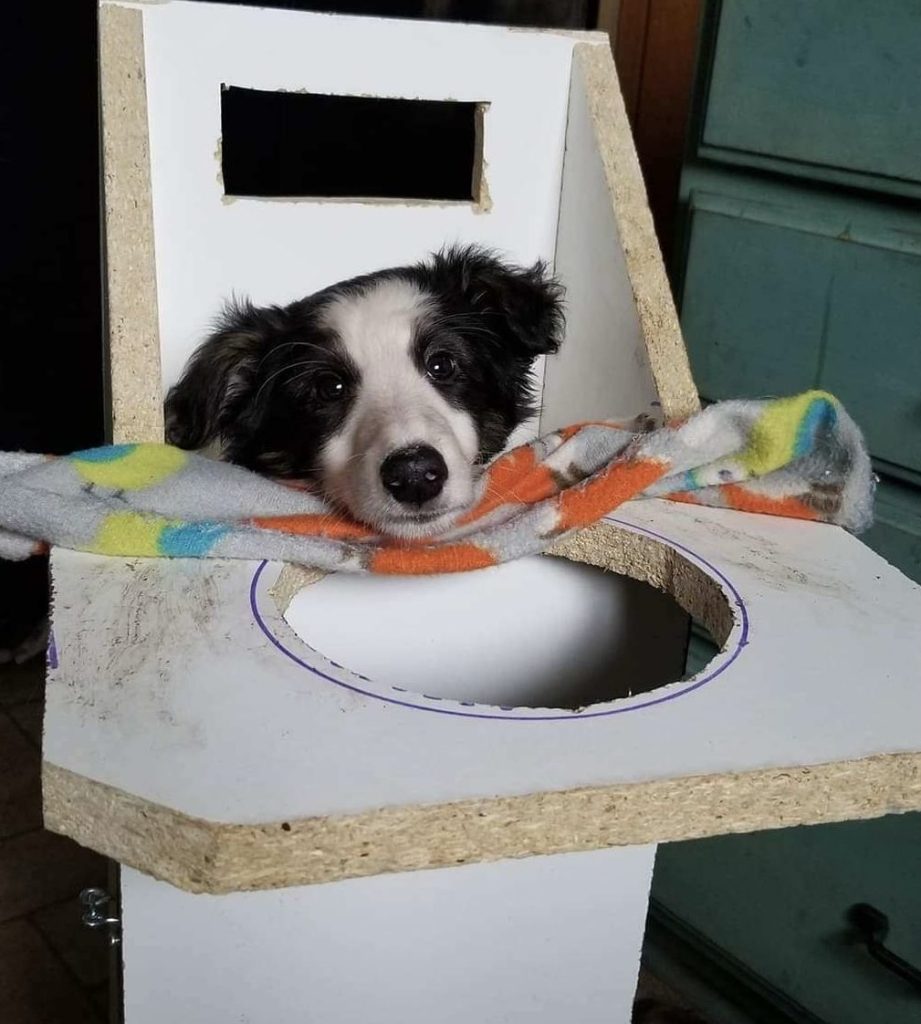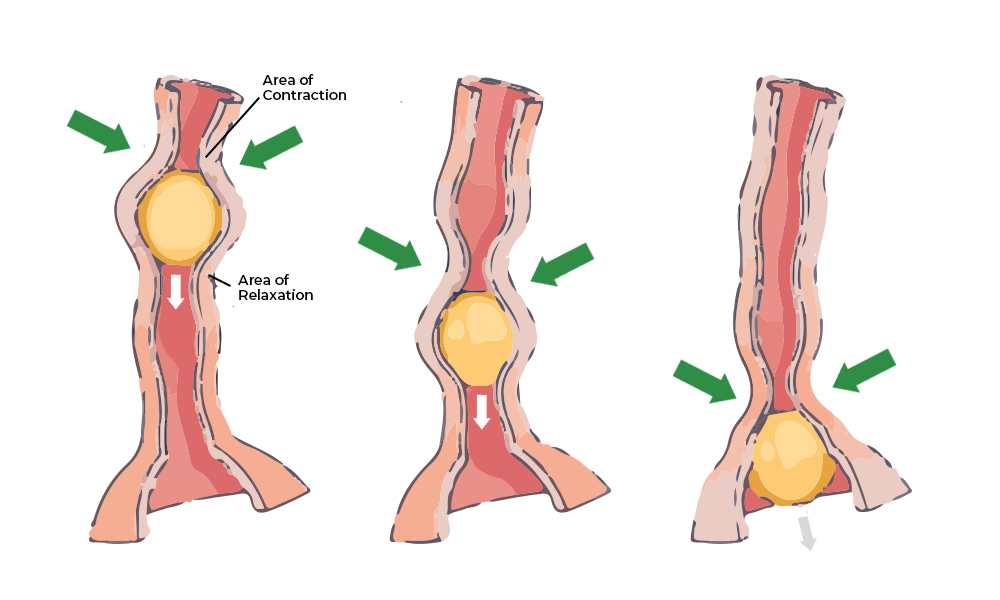142 A Puppy with a Mega Problem
meest019 and Regina Kurandina
Learning Objectives
- Be able to explain megaesophagus and common symptoms.
- Be able to describe peristalsis in normal motility versus megaesophagus motility.
- Be able to describe the difference between primary and acquired megaesophagus.
- Be able to describe common treatments including the Bailey Chair and suggest diagnostics for megaesophagus.
Pre-Learning Check In: Let’s Sit Down and Eat!

Answer the following questions to the best of your knowledge. These questions are meant for you to start thinking about the esophagus and its role in the GI tract.
Lesson
Once you have reached the individual research portion of the video, press pause to explore the information and resources below to learn more about megaesophagus. Once you feel that you have done enough research, answer the three review questions below.
Helpful websites for research:
Here are two links to begin your exploration. You can also search google for more resources!
Canine Megaesophagus info. com
Washington State University’s site on Megaesophagus
The Esophagus and Motility Control
The GI tract is concerned with the mouth, esophagus, stomach,

small intestine, large intestine, and anus. When animals eat, food enters the mouth and gets chewed by the teeth create what is known as the food bolus (yellow ball in diagram). The bolus gets pushed down into the esophagus where it is squeezed by an involuntary movement called peristalsis until it reaches the stomach.
Peristalsis, or the series of coordinated wave-like muscle contractions allow food to be pushed down the stomach. The primary peristaltic wave occurs when the bolus reaches the esophagus. This wave promotes the relaxation of the lower esophageal sphincter allowing food to reach the stomach. Note: the lower esophageal sphincter closes back up to prevent food from coming back into the esophagus. The secondary peristaltic wave happens when food particles in the esophagus cause distention in the wall. The muscle coordinates contraction above the distention and relaxation below it, pushing the remaining food down into the stomach.
Supplemental Video: Bailey Chair
Now that you have done your research, answer these questions:
Resume the video now!
Once you have reached the portion about case studies, choose one of the four blurbs below and follow the instructions outlined in the video.
Blurbs can also be found here: Posts about megae
Do any of these stories sound similar to the puppy you want to adopt?
All of these cases are linked to other disorders in which megaesophagus occurs. Choose one of the four disorders and explore the links. Once you feel you have explored these links fully, answer the questions at the end.
Persistent Right Aortic Arch
Myasthenia Gravis
Cornell Vet | Myasthenia Gravis
CanineMegaesophagusInfo.com | Myasthenia Gravis
Congenital Idiopathic Megaesophagus
DVM360.com | Diagnosis and Management of Megaesophagus
Other causes- Secondary Acquired Megaesophagus
EndocrineVet | Megaesophagus and hypothyroidism in dogs
VIN Veterinary Partner | Megaesophagus in Dogs
IVIS.org | megaesophagus associated with Addison’s disease
Once you have researched fully, answer these questions:
Finish up the youtube video now!
Optional Case Study: Charlie and His Megaesophagus
Now that you are megaesophagus experts, lets try applying your new knowledge to a brand new case.
Watch the following video about Charlie and answer the questions below.

